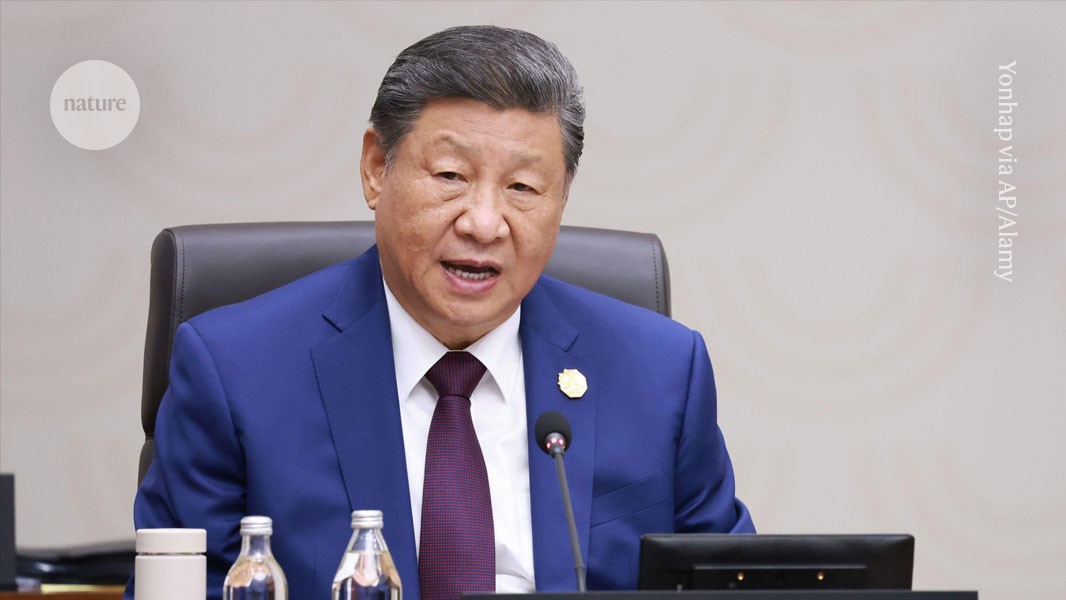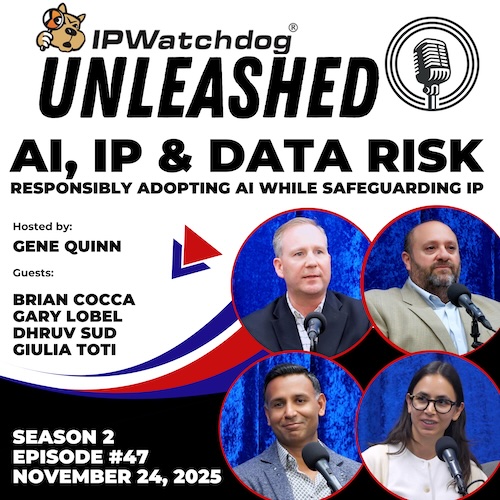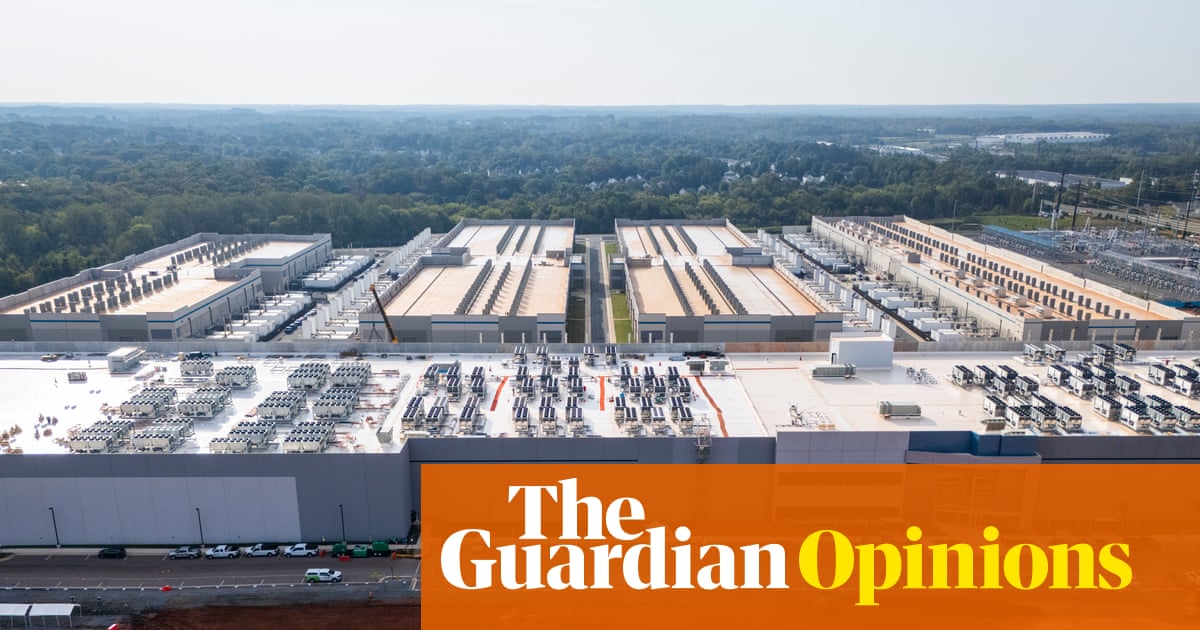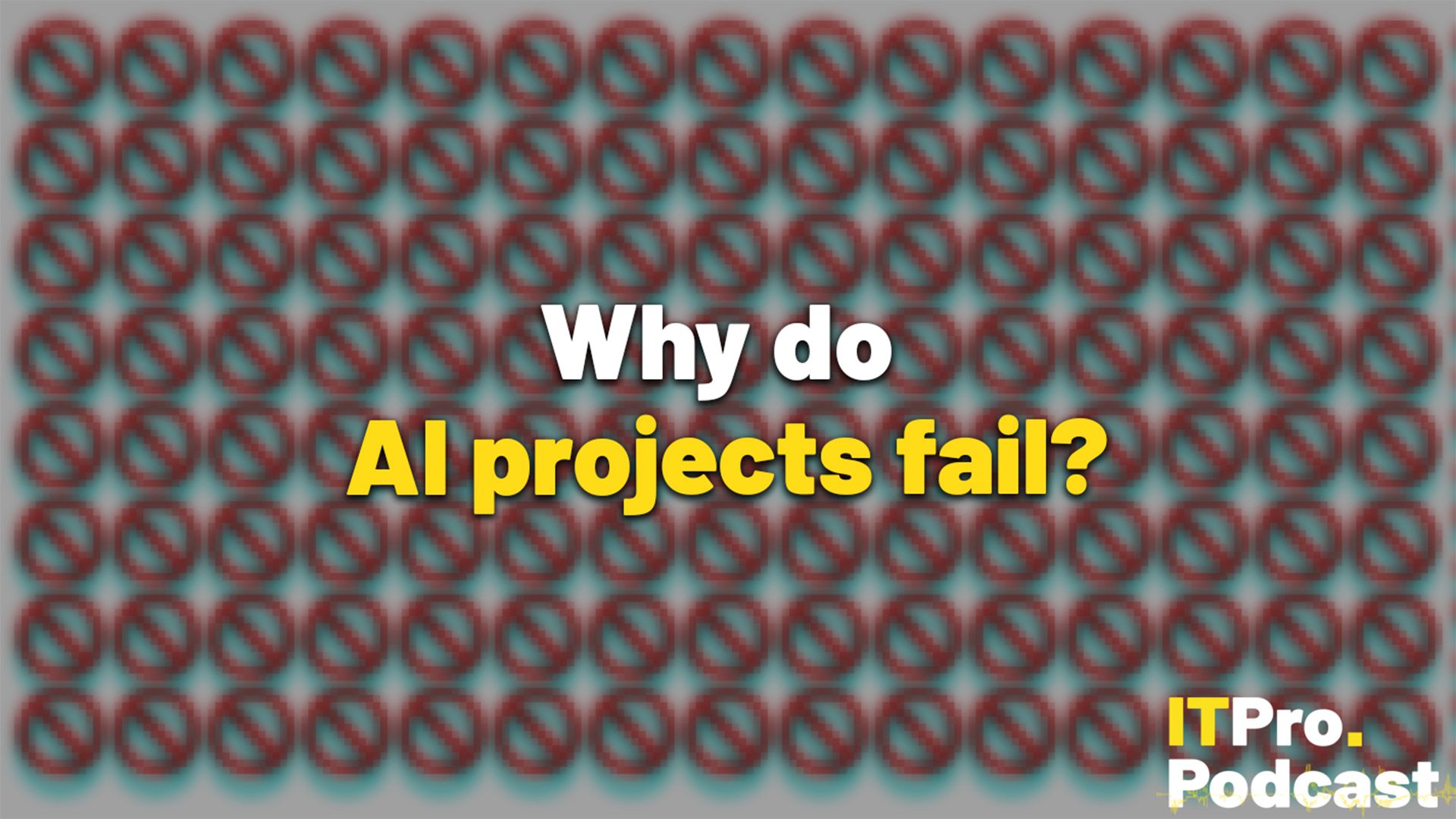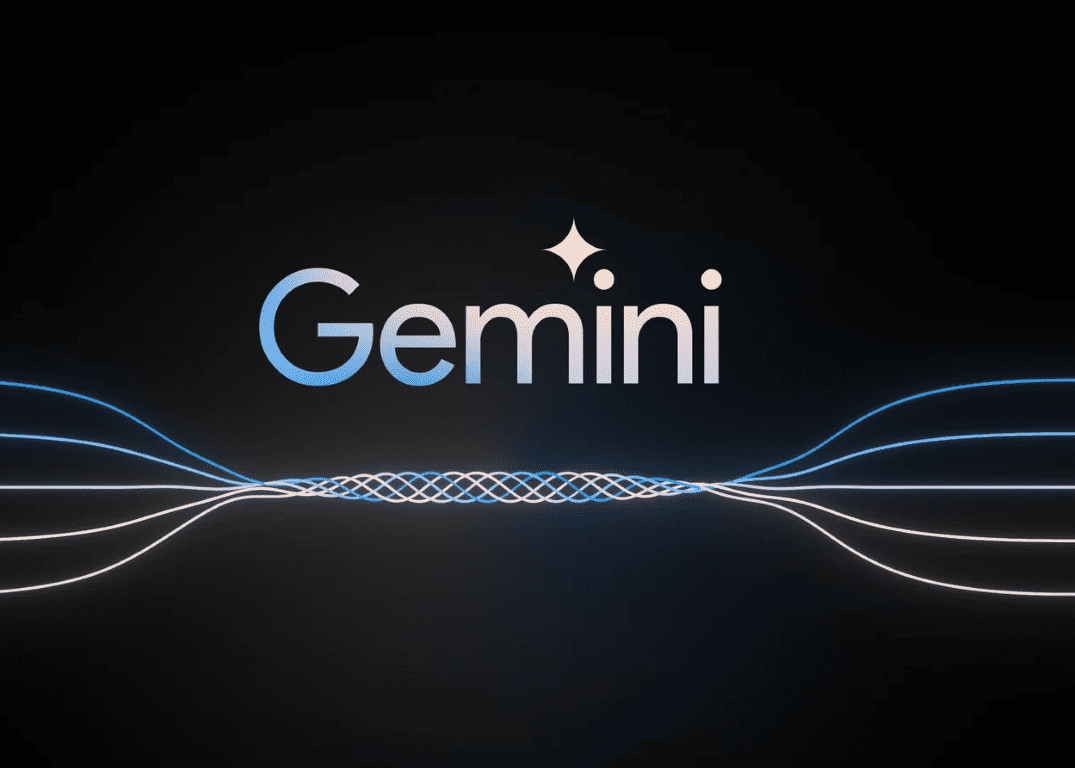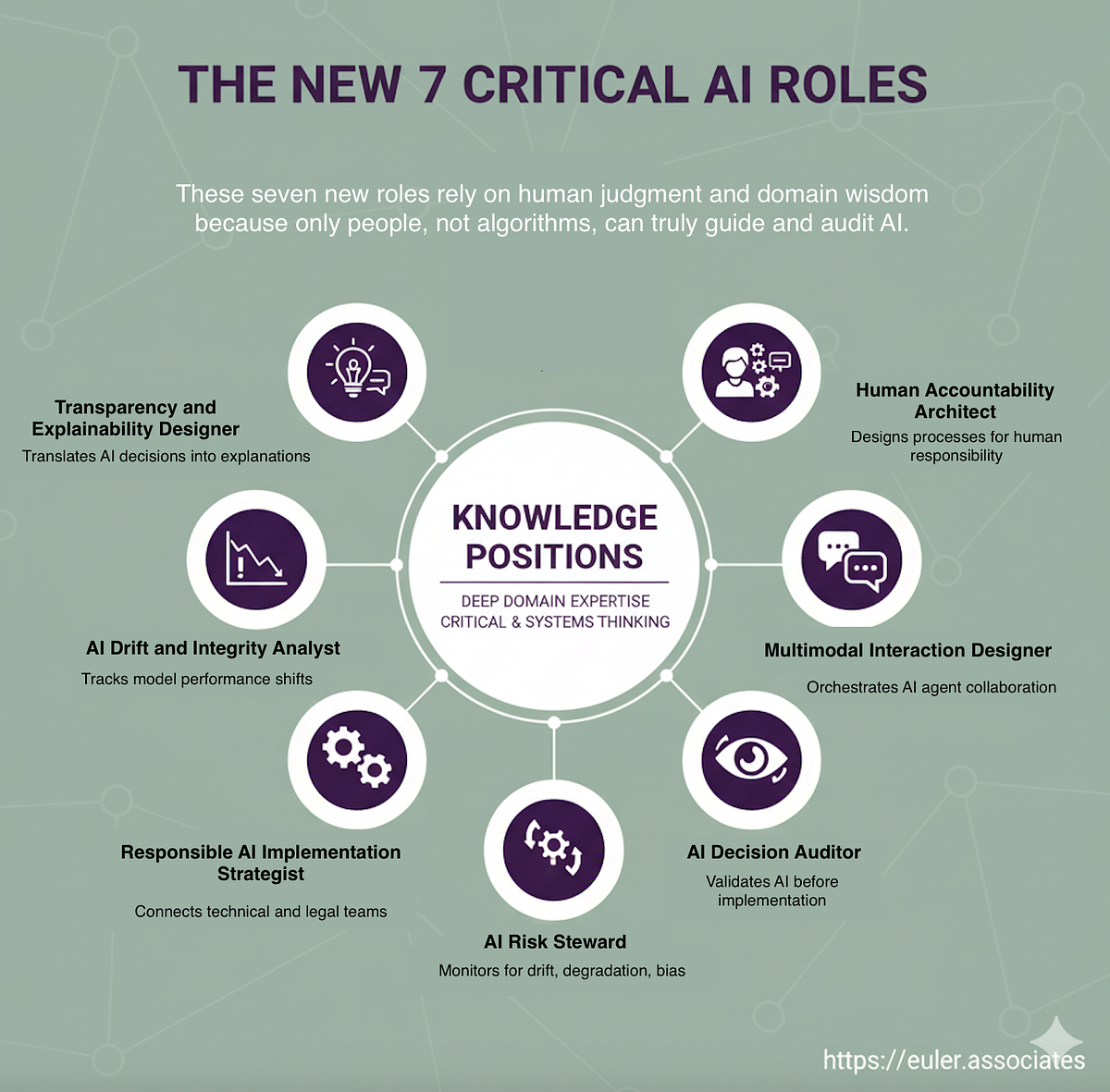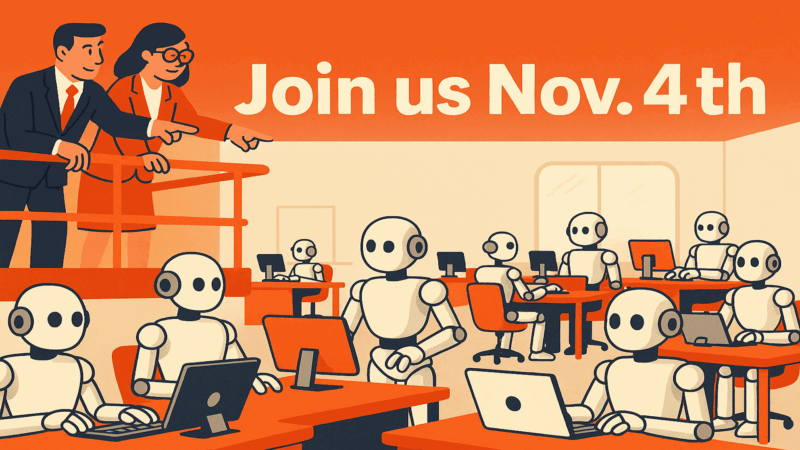#AI governance
#AI governance
[ follow ]
#ai-governance #generative-ai #ai-safety #ai-adoption #enterprise-ai #shadow-ai #agentic-ai #data-security
Information security
fromFortune
3 days agoServiceNow's Amit Zavery explains why the company is buying identity management platform Veza | Fortune
ServiceNow acquired Veza to add identity and access management for humans and AI agents, strengthening customer data access control, security, and governance.
fromNew Relic
1 week agoThe Responsible AI Revolution: How New Relic's ISO/IEC 42001 Certification Changes the Game
In line with our AI Principles, we're thrilled to announce that New Relic has obtained ISO/IEC 42001:2023 (ISO 42001) certification in the role of an AI developer and AI provider. This achievement reflects our commitment to developing, deploying, and providing AI features both responsibly and ethically. The certification was performed by Schellman Compliance, LLC, the first ANAB accredited Certification Body based in the United States.
Artificial intelligence
fromNature
2 weeks agoThe Internet is broken and the inventor of the World Wide Web wants to fix it
This Is for Everyone reads like a family newsletter: it tells you what happened, recounting the Internet's origin and evolution in great detail, but rarely explaining why the ideal of a decentralized Internet was not realized. Berners-Lee's central argument is that the web has strayed from its founding principles and been corrupted by profit-driven companies that seek to monetize our attention. But it's still possible to "fix the internet", he argues, outlining a utopian vision for how that might be done.
Books
fromComputerWeekly.com
2 weeks agoEU sets out plans to cut red tape on digital | Computer Weekly
The initiative includes European Business Wallets, which the European Commission (EC) said will offer companies a single digital identity to simplify paperwork and make it much easier to do business across EU member states. Valdis Dombrovskis, commissioner for economy and productivity, said: "Today's proposal represents an important first step in our digital simplification agenda, aiming to create a more favourable business environment for European companies."
Miscellaneous
fromZDNET
3 weeks agoGoogle Brain founder Andrew Ng thinks you should still learn to code - here's why
AI has rapidly become a reliable coding assistant for many developers -- so much so that many are wondering about the future of the entire profession. Entry-level coding jobs are dwindling for recent grads as teams offload junior tasks to AI assistants; at the same time, experts cite the real limitations of these tools as proof that engineers will never actually become obsolete.
Artificial intelligence
Intellectual property law
fromAbove the Law
3 weeks agoLocking In Trust: Key Terms For Strong AI Vendor Contracts - Above the Law
Vendor agreements must clearly allocate responsibility, mandate regulatory compliance, require operational transparency, and specify ownership and use rights for AI projects.
fromTechzine Global
1 month agoHow SAP upskills 100,000 employees for the AI era
Chief People Officer Gina Vorgiu Breuer explains how the enterprise software giant is preparing its global workforce for a future where AI handles 42% of tasks-without replacing humans. At SAP Connect in Las Vegas, Breuer outlined SAP's comprehensive AI workforce strategy to Techzine TV. The approach goes beyond simply introducing new tools; it fundamentally reshapes how the company thinks about jobs, skills, and human potential in an AI-augmented workplace.
Artificial intelligence
Artificial intelligence
fromHarvard Business Review
1 month agoHow AI Will Forge the Next Generation of Cybersecurity Talent - SPONSOR CONTENT FROM PALO ALTO NETWORKS
AI will not make cybersecurity roles obsolete; it will automate routine tasks and increase demand for humans with judgment, creativity, and AI-governance skills.
fromeLearning Industry
1 month agoA Human-Centered Framework For AI In L&D, Part 2: Programmatic Enablement
To avoid a chaotic, ad hoc and, above all, risky AI implementation, all of your people need to be onboarded to your AI strategy and vetted collection of AI tools. It's also great for your people: Research shows that folks who understand AI are more likely to engage with AI tools and less likely to view AI with fear or mistrust. And given the 82% of leaders planning to expand the capacity of their workforce with digital labor, there's no time like the present.
Online learning
fromTheregister
1 month agoLloyds Bank claims Microsoft Copilot saves 46 minutes a day
We quickly identified the transformative impact that AI could deliver across our organisation, and over the last few years have put in place the assurance frameworks and tools we need to deploy AI safely and at scale. "With these foundations in place, we're reimagining how we operate by embedding AI across our business to drive smarter decisions, faster outcomes and better experiences.
Artificial intelligence
fromTelecompetitor
1 month ago52% of Telecom Companies Lack Budget and System Readiness for AI: Report
A new report from IFS - a provider of industrial artificial intelligence (AI) software - said there is an "invisible revolution" in which the focus is shifting from productivity-led AI experimentation to "embedded, operational AI across core business processes." The report, titled "The IFS Invisible Revolution Study 2025," surveyed more than 1,700 senior decisionmakers at industrial enterprises around the world. The report noted what IFS refers to as an "execution gap," in which companies moved into AI faster than their team members can upskill.
Artificial intelligence
Information security
fromComputerWeekly.com
1 month agoGitex 2025: Help AG aims to be global cyber force as UAE leads AI security transformation | Computer Weekly
Help AG delivers sovereign, regulation-aligned cyber security and AI-driven services to governments and critical industries, expanding from the GCC into global markets.
fromZDNET
1 month agoA minority of businesses have won big with AI. What are they doing right?
Many businesses have had to learn in recent years that adopting AI to automate certain organizational tasks or employees' day-to-day workflows won't necessarily translate to financial gain. The technology may make workers more productive in some respects, but it also presents a whole host of risks -- some of them involving cybersecurity, some of them legal, some of them psychological. In some cases, AI actually creates more work for supervisors.
Artificial intelligence
fromThe Verge
1 month agoSam Altman says ChatGPT will soon sext with verified adults
"As we roll out age-gating more fully and as part of our 'treat adult users like adults' principle, we will allow even more, like erotica for verified adults," Altman writes. Earlier this month, OpenAI hinted at allowing developers to create "mature" ChatGPT apps after it implements the "appropriate age verification and controls." OpenAI isn't the only company dipping into erotica, as Elon Musk's xAI previously launched flirty AI companions, which appear as 3D anime models in the Grok app.
Artificial intelligence
Artificial intelligence
fromComputerWeekly.com
1 month agoMicrosoft and the UAE: Driving AI from strategy to real impact | Computer Weekly
The UAE is accelerating national AI leadership with Microsoft-driven infrastructure, talent programs, and enterprise AI deployment to scale responsible, measurable outcomes.
fromFortune
1 month agoThe search for corporate America's next Fortune 500 CEOs | Fortune
At Fortune, we've spent almost a century studying what separates the good leaders from the great ones; the ones who don't just survive disruption, but shape it. The next wave of corporate chiefs is emerging from a radically different playbook. They're products of an economy defined by technological acceleration, and operate with fluency across disciplines that didn't even exist in the CEO vocabulary a decade ago: data science, AI governance, cybersecurity, social trust, geopolitical volatility, and shifting expectations of what leadership should look like.
Business
fromwww.theguardian.com
1 month agoWe research AI election threats. Here's what we need to prepare for | Samuel Woolley and Dean Jackson
We study AI and democracy. We're worried about 2050, not 2026. Half of humanity lives in countries that held national elections last year. Experts warned that those contests might be derailed by a flood of undetectable, deceptive AI-generated content. Yet what arrived was a wave of AI slop: ubiquitous, low quality, and sometimes misleading, but rarely if ever decisive at the polls.
US politics
Artificial intelligence
fromComputerWeekly.com
1 month agoHow the UAE is using AI to transform healthcare | Computer Weekly
The UAE institutionalised AI leadership by appointing CAIOs across ministries to align AI with sector missions, focusing on data, trust, and strategic transformation in healthcare.
Artificial intelligence
fromFortune
2 months agoHow Coca-Cola's leadership developed a taste for AI that helped distribute the technology across its beverage empire | Fortune
Coca-Cola created a cross-functional digital council to align leadership, standardize AI investments, eliminate duplication, and focus technology on consumers, customers, and employees.
fromFortune
2 months agoHow Visa wove AI into every facet of the company by approaching it as both a science and an art | Fortune
According to Rajat Taneja, Visa's president of technology, the global payments company has woven AI into every part of its business. Employees across Visa are tapping AI in their everyday workflows for tasks ranging from data analysis to software development. The company has built more than 100 internal AI-powered business applications tailored to specific use cases and has over 2,500 engineers working specifically on AI. Visa is also using AI to create new products and services for its customers, such as faster onboarding, simplified processes for managing disputes, and infrastructure for agentic AI technologies.
Artificial intelligence
fromFortune
2 months agoIntroducing Fortune's first-ever Most Influential Women Asia ranking | Fortune
Lisa, Jennie, Rosé, and Jisoo have broken numerous records since their debut in 2016: the first to sell one million, then two million, album copies in South Korea; the first Korean group to top the Billboard 200 album chart; the highest-grossing concert tour by a female artist. Blackpink, and K-pop and K-culture more broadly, are now a source of South Korean "soft power," expanding the country's cultural influence across Asia and beyond.
Women
fromMarTech
2 months agoHow to get your organization aligned for the AI age | MarTech
Over 40 minutes, the panel returned again and again to three themes: data quality, organizational alignment and cultural readiness. The consensus was clear: AI doesn't create order from chaos. If organizations don't evolve their culture and their standards, AI will accelerate dysfunction, not fix it. Clean data isn't optional anymore Allen set the tone from the executive perspective. He argued that enterprises must build alignment on high-quality, structured and standardized data within teams and across workflows, applications and departments.
Marketing
fromIT Pro
2 months agoHuawei executive says 'we need to embrace AI hallucinations'
Hallucinations have commonly been considered a problem for generative AI, with chatbots such as ChatGPT, Claude, or Gemini prone to producing 'confidently incorrect' answers in response to queries. This can pose a serious problem for users. There are several cases of lawyers, for example, citing non-existent cases as precedent or presenting the wrong conclusions and outcomes from cases that really do exist. Unfortunately for said lawyers, we only know about these instances because they're embarrassingly public, but it's an experience all users will have had at some point.
Artificial intelligence
[ Load more ]






